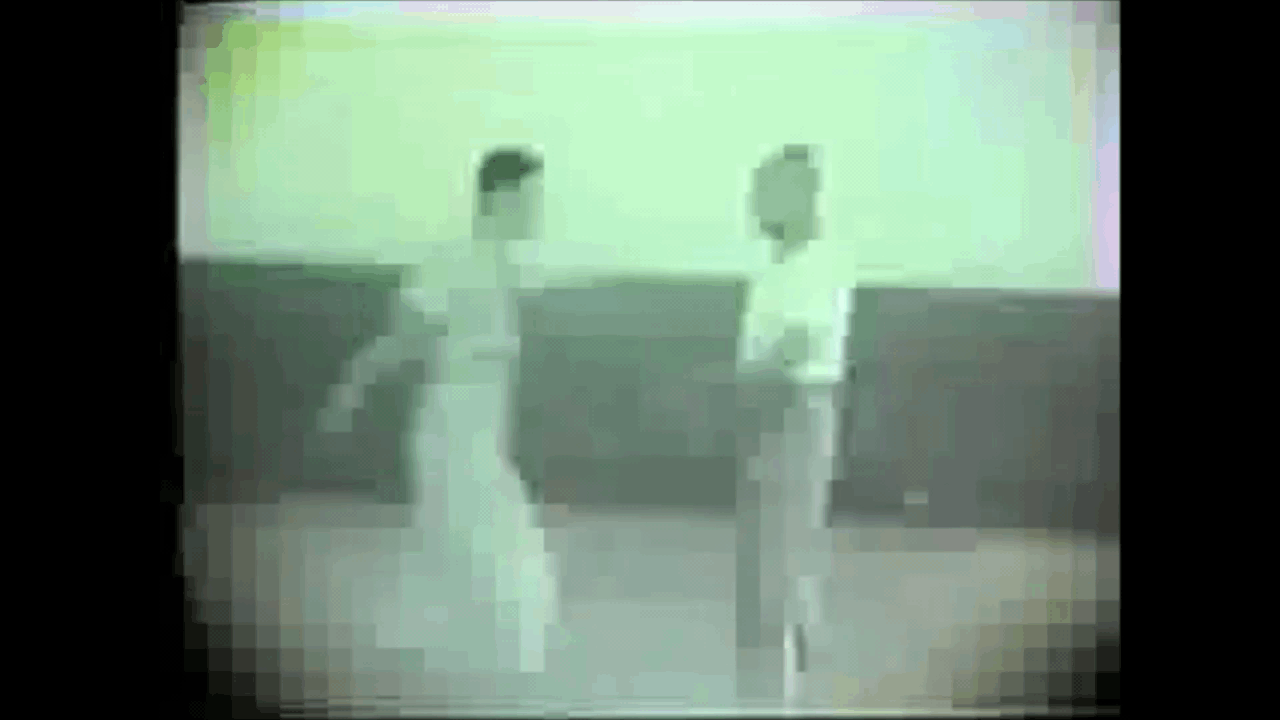Oily Dragon
Senior Master
Eh, humbly disagree with the "safer" and "stronger" parts.Without tape and gloves, vertical is for sure safer for your hand/wrist and I find the vertical a stronger punch as it better utilizes the body more.
The classic boxing hook is super powerful and uses the entire body, but like this thread shows, things like "vertical" and horizontal" are kind of missing the point, when boxing in 3 dimensions. Jow Ga is a hybrid art of several different boxing methods, none of which really conform to things like "vertical" and "horizontal" (or for that matter, silly things like "orthodox" or "Southpaw".
In Jow Ga Kuen and its cousins the fist is fluid, rotational, but most of all, two knuckles.
Now if you can imagine your body is nothing but a dynamo throwing two knuckles through space, as opposed to the entire hand, you'll get a sense of what Jow Ga teaches (Shaolin Kung fu).
At advanced levels, one knuckle is sufficient at the right angle.
Last edited:

